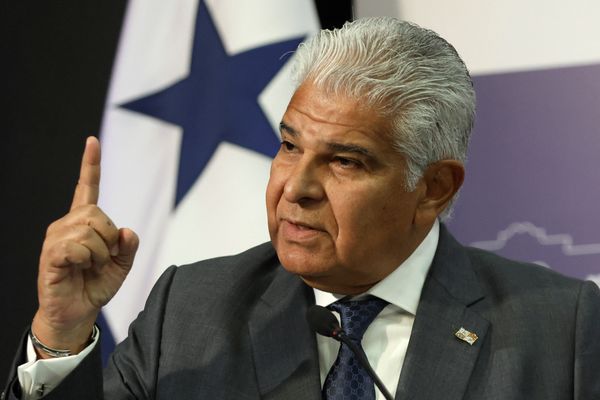
The European Central Bank (ECB) is gearing up for its next move, and all signs point to a cut in interest rates. However, there seems to be a difference of opinion among policymakers regarding the appropriate timing for this decision. This internal debate reflects the ongoing challenges faced by the ECB in navigating the complex economic landscape.
ECB policymakers have been closely monitoring various factors such as inflation, economic growth, and global developments in order to determine the appropriate course of action. With inflation consistently below the target of just below 2%, there has been a growing consensus among policymakers that a rate cut is necessary to stimulate the economy and boost inflation.
One of the key proponents of a rate cut is Slovakia's Finance Minister, Eduard Kazimir, who also sits on the ECB's governing council. Kazimir has been vocal about his belief that the ECB should act swiftly to counter the economic slowdown and foster monetary easing.
However, not all policymakers are in agreement on the timing of a rate cut. Some argue that the ECB should wait for more concrete evidence of a sustained economic downturn before taking such action. They fear that premature cuts could potentially limit the bank's ability to handle future economic challenges and leave little room for maneuvering.
This difference in opinion reflects the delicate balancing act faced by the ECB. On the one hand, there is a need to support the economy and address the persistently low inflation. On the other hand, policymakers must also consider the potential risks and unintended consequences that may arise from aggressive monetary measures.
The ongoing trade tensions between the United States and China, as well as the uncertainty surrounding Brexit, further complicate the decision-making process for the ECB. These external factors have the potential to impact the European economy significantly, making it even more challenging for policymakers to gauge the appropriate timing for a rate cut.
Despite the disagreements among policymakers, it is widely believed that a rate cut is imminent, with financial markets pricing in such a move. The only question that remains is when this decision will be made.
In the end, the ECB's ultimate goal is to ensure price stability and support sustainable economic growth within the Eurozone. The decision on when and how to implement a rate cut requires a careful assessment of the economic indicators and a thorough consideration of the potential risks. As the debate among policymakers continues, the ECB will need to strike the right balance to navigate these uncertain times and steer the European economy towards stability and growth.







